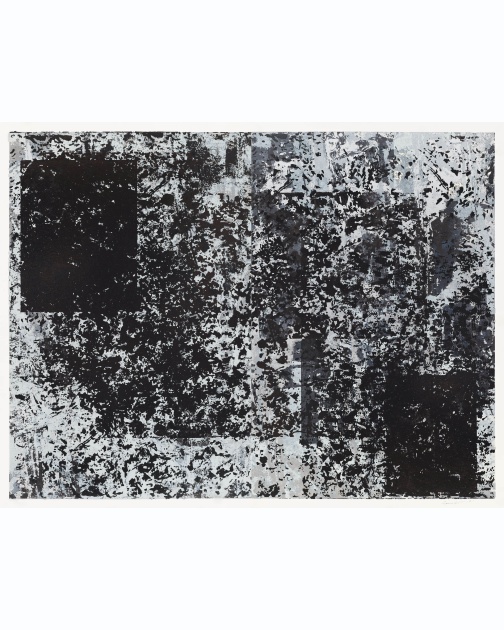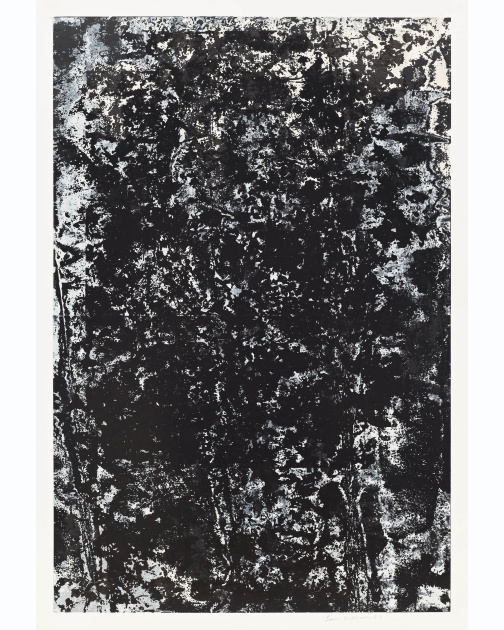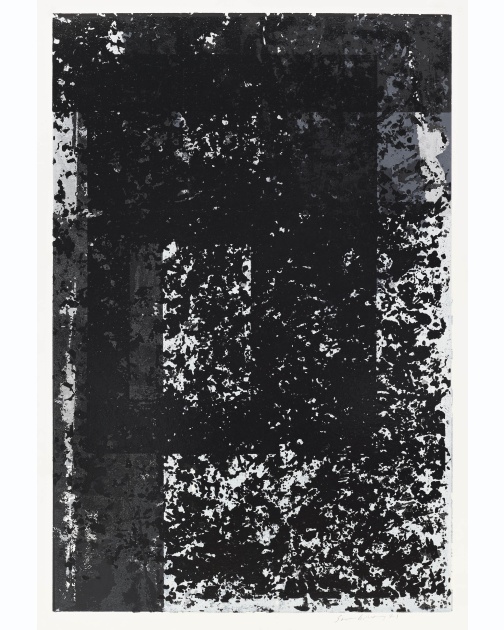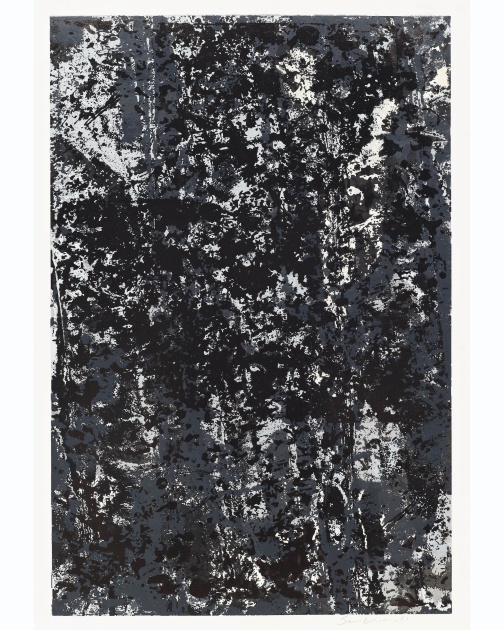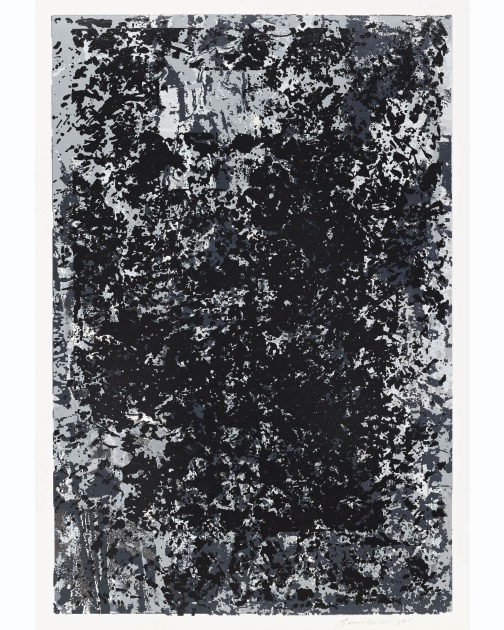Sam Gilliam (b. 1933, Tupelo, Mississippi; d. 2022, Washington D.C.) was one of the great innovators in postwar American painting. He emerged from the Washington, D.C. scene in the mid 1960s with works that elaborated upon and disrupted the ethos of Color School painting.
A series of formal breakthroughs would soon result in his canonical Drape paintings, which expanded upon the tenets of Abstract Expressionism in entirely new ways. Suspending stretcherless lengths of painted canvas from the walls or ceilings of exhibition spaces, Gilliam transformed his medium and the contexts in which it was viewed. As an artist in the nation’s capital at the height of the Civil Rights Movement, this was not merely an aesthetic proposition; it was a way of defining art’s role in a society undergoing dramatic change. Gilliam pursued a pioneering course in which experimentation was the only constant. Inspired by the improvisatory ethos of jazz, his lyrical abstractions took on an increasing variety of forms, moods, and materials.
In addition to a traveling retrospective organized by the Corcoran Gallery of Art, Washington, D.C. in 2005, Sam Gilliam was the subject of solo exhibitions at the Museum of Modern Art, New York (1971); The Studio Museum in Harlem, New York (1982); Whitney Museum of American Art, Philip Morris Branch, New York (1993); J.B. Speed Memorial Museum, Louisville, Kentucky (1996); Phillips Collection, Washington, D.C. (2011); and Kunstmuseum Basel, Switzerland (2018), among many other institutions. A semi-permanent installation of Gilliam’s paintings opened at Dia:Beacon in August 2019. His work is included in over fifty public collections, including those of the Musée d’Art Moderne de la Ville de Paris; Tate Modern, London; the Museum of Modern Art, New York; the Metropolitan Museum of Art, New York; and the Art Institute of Chicago.
